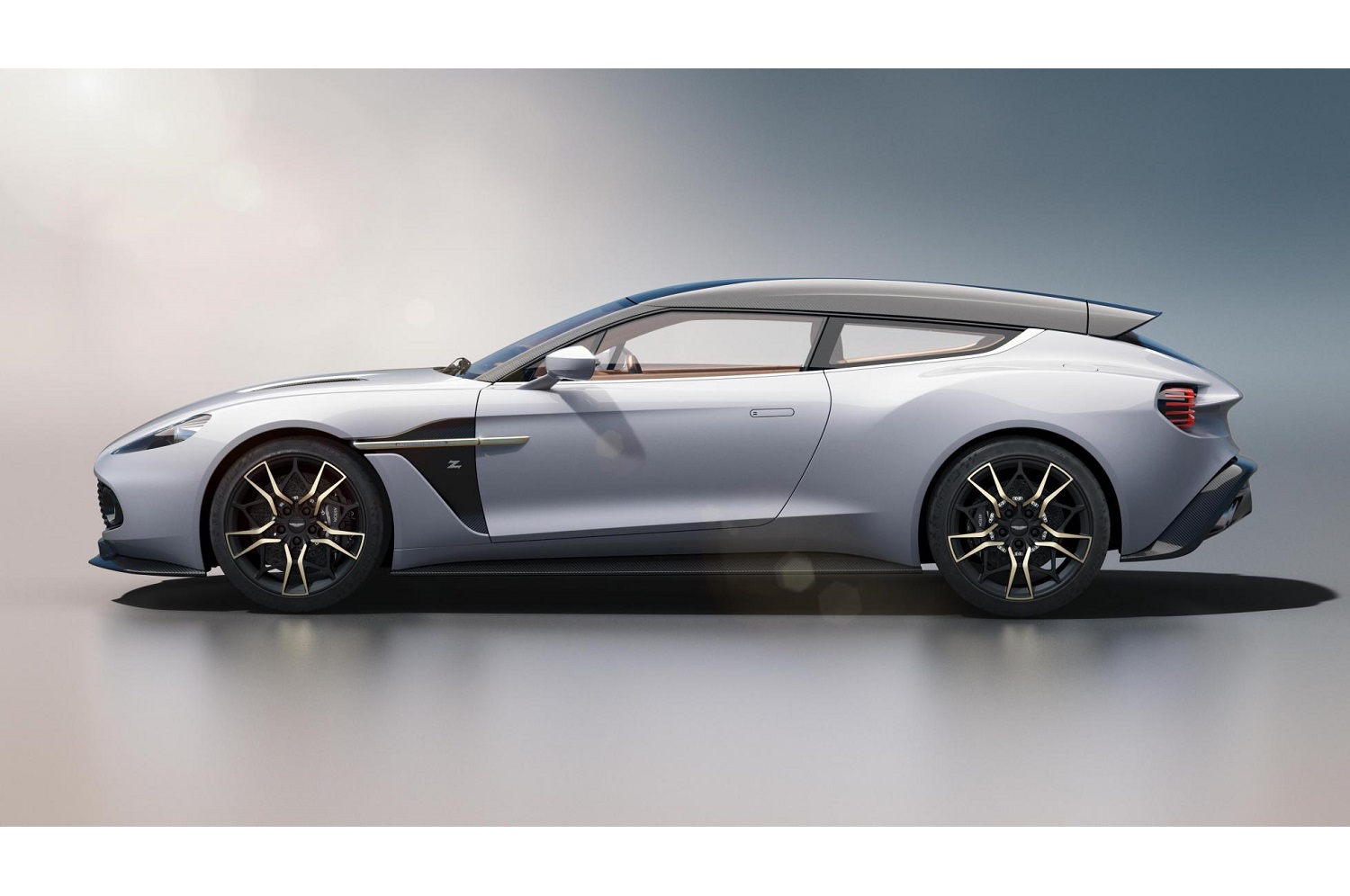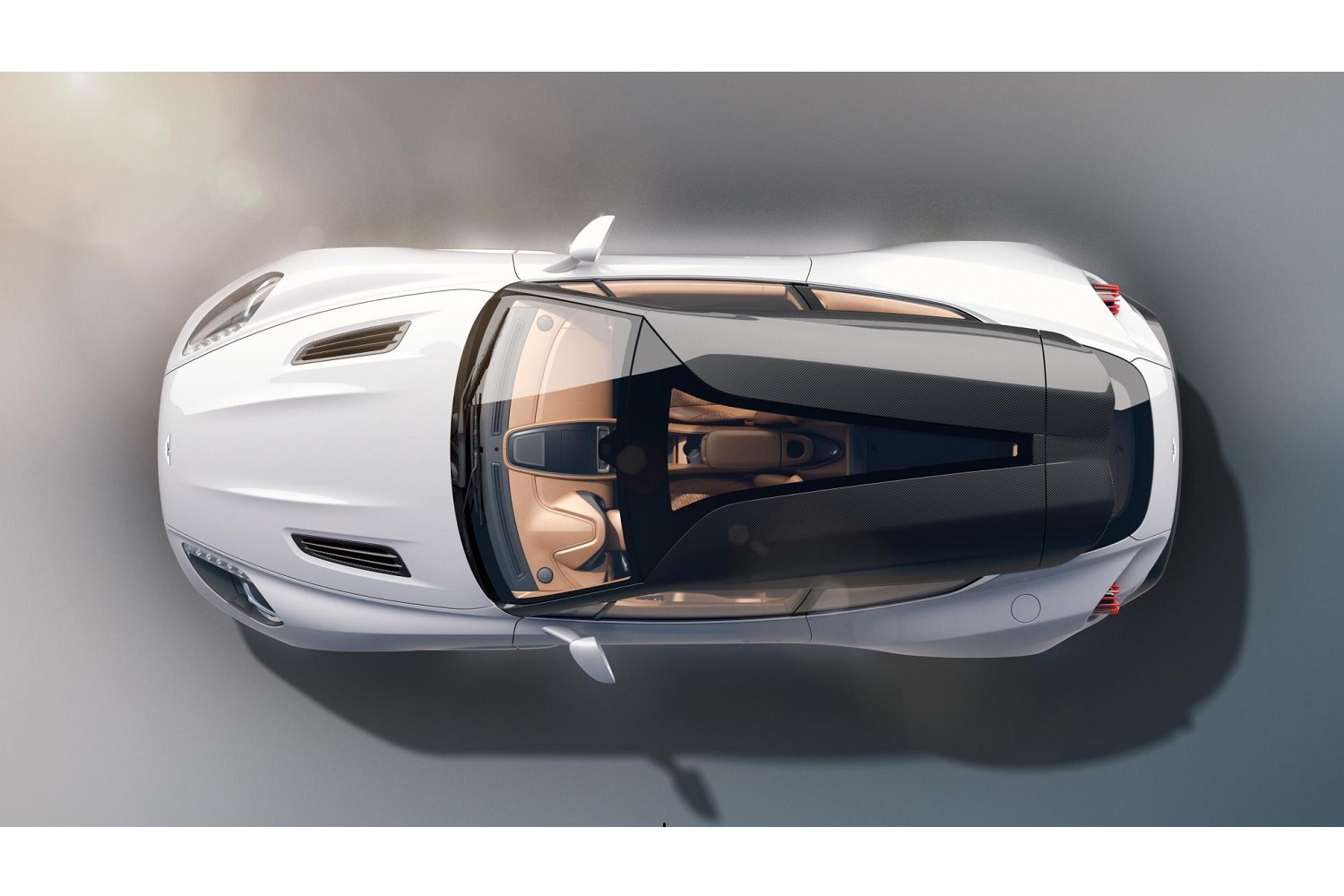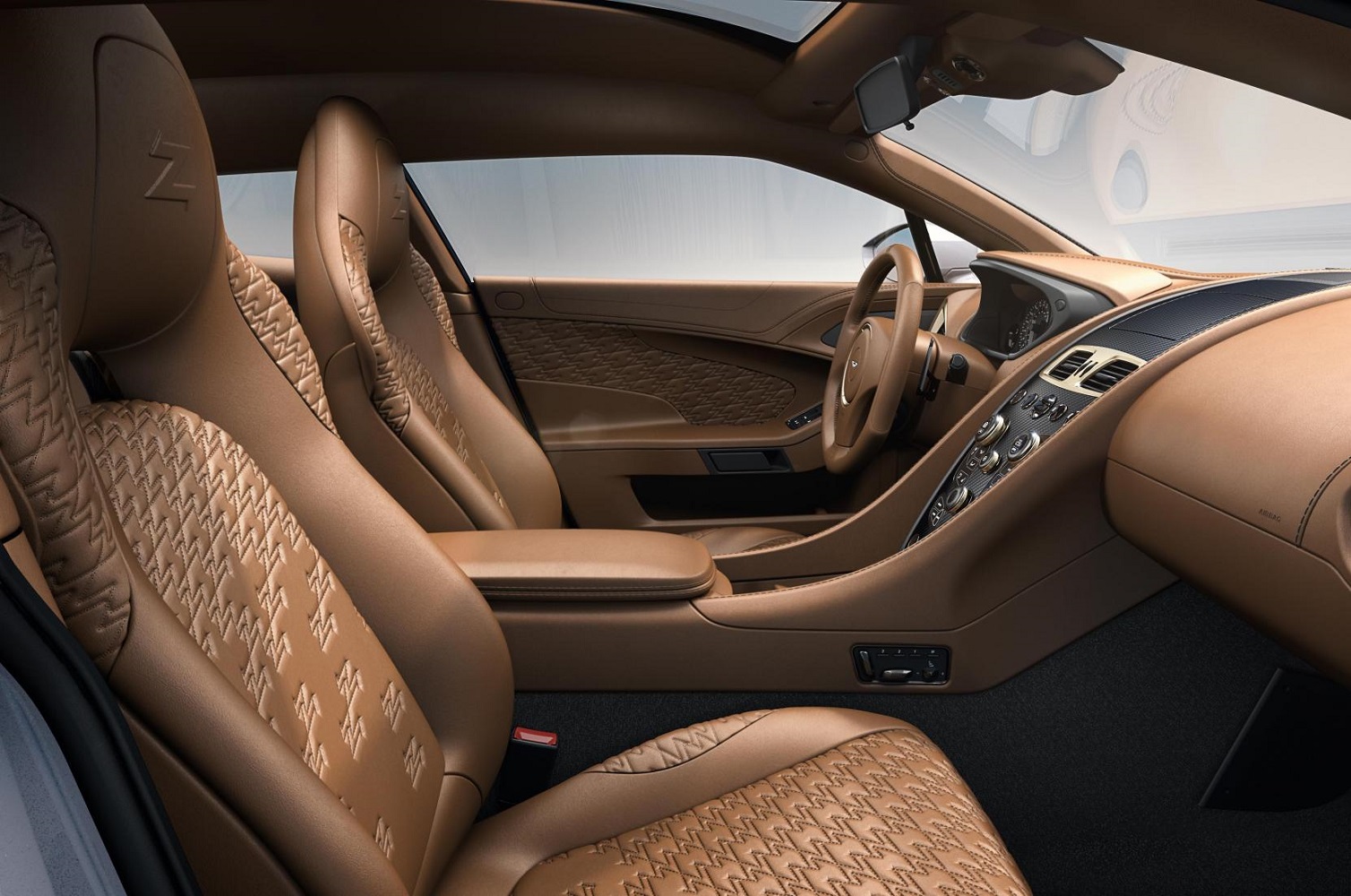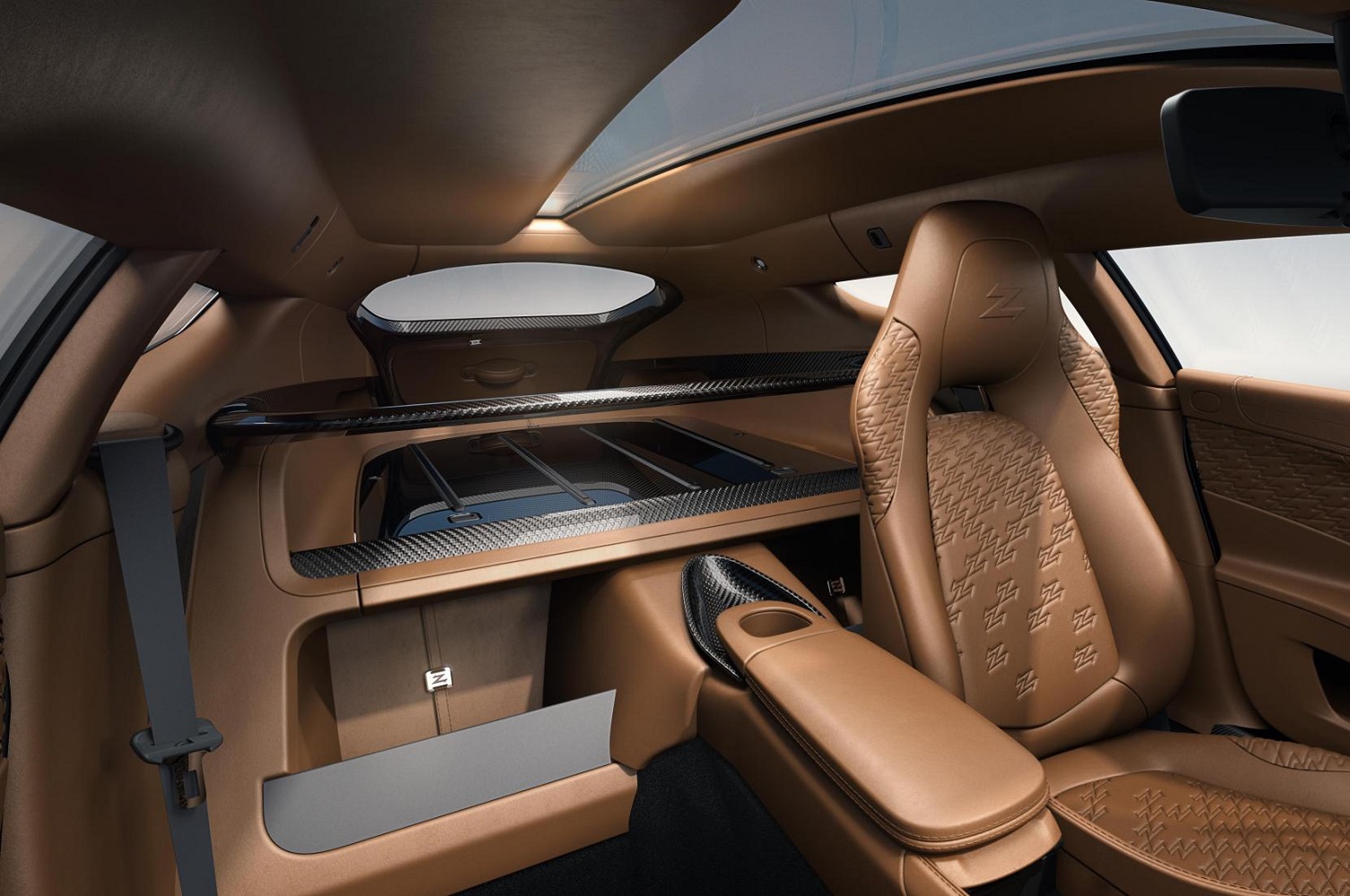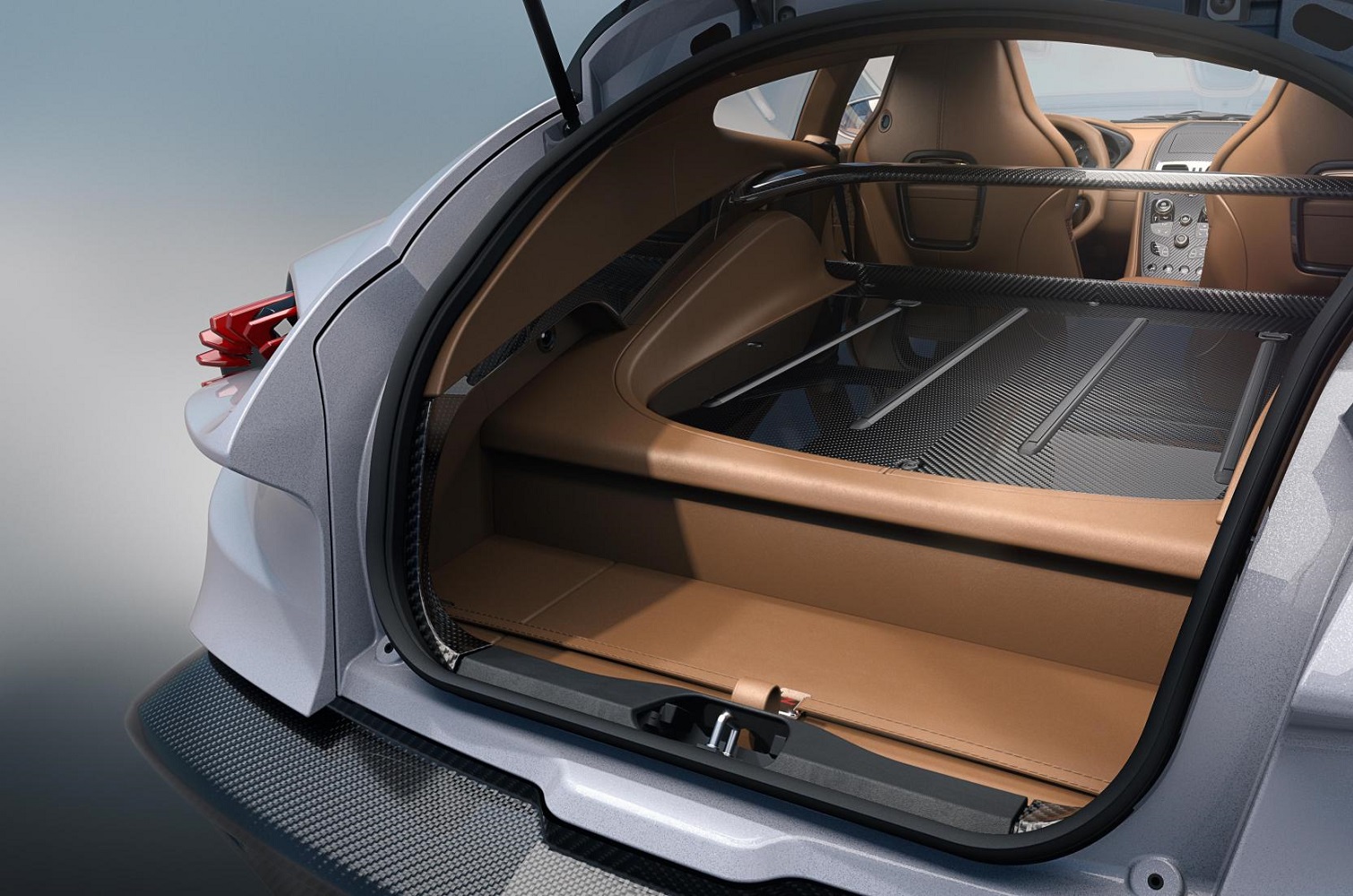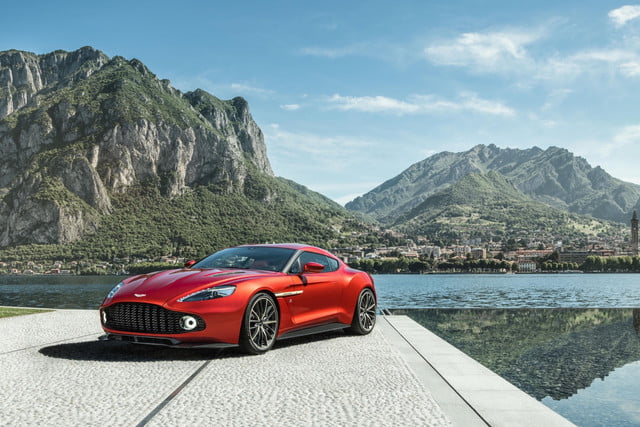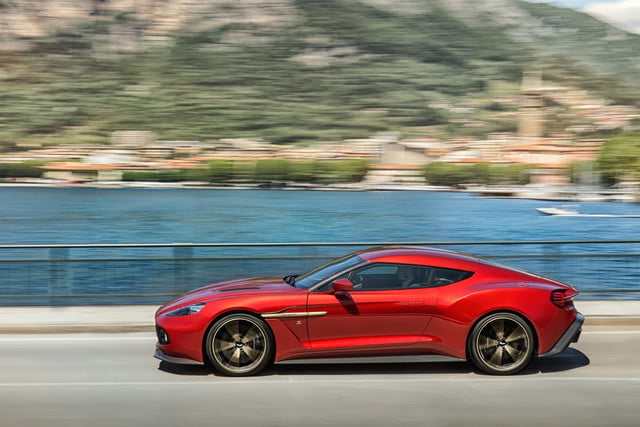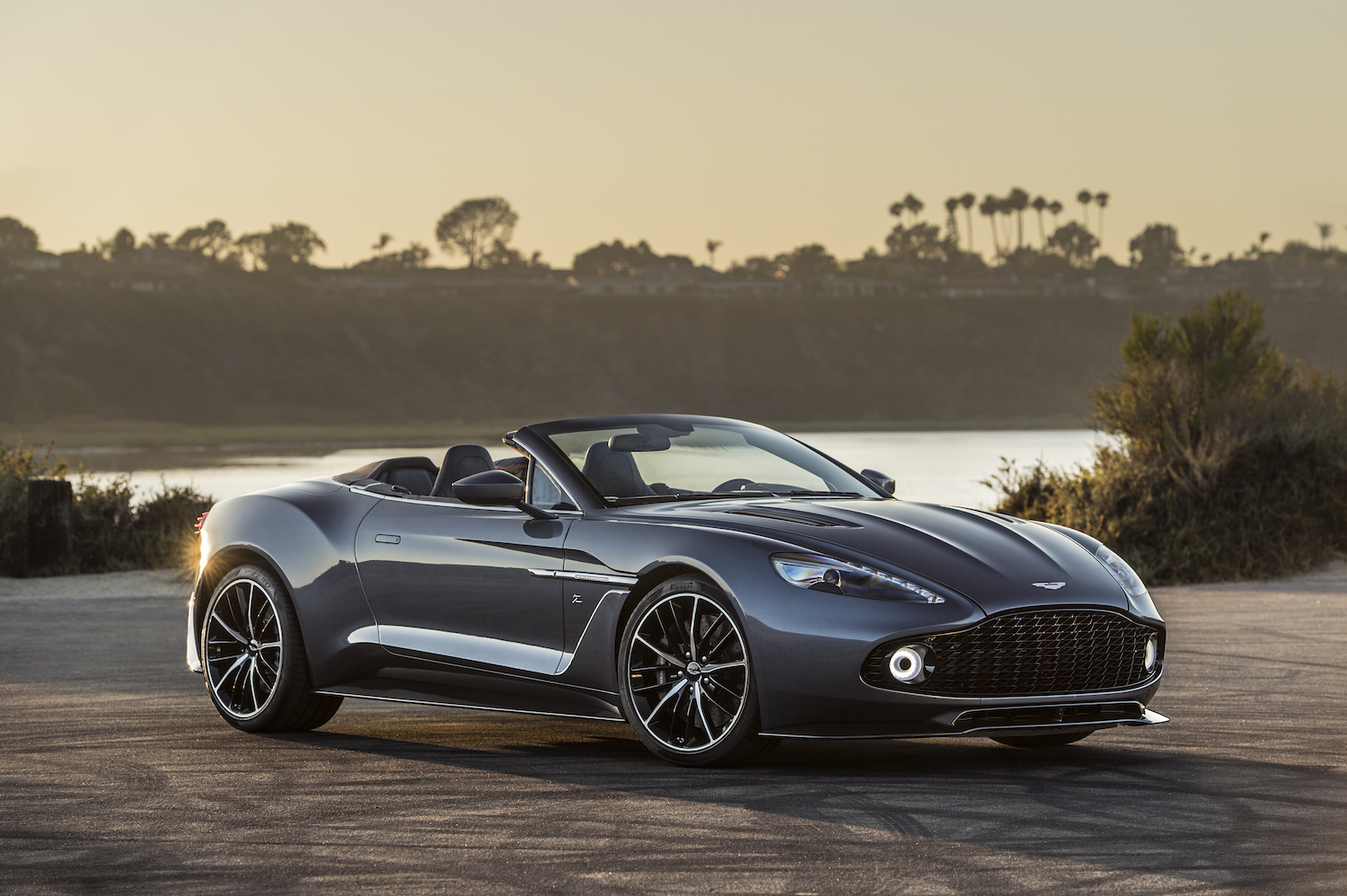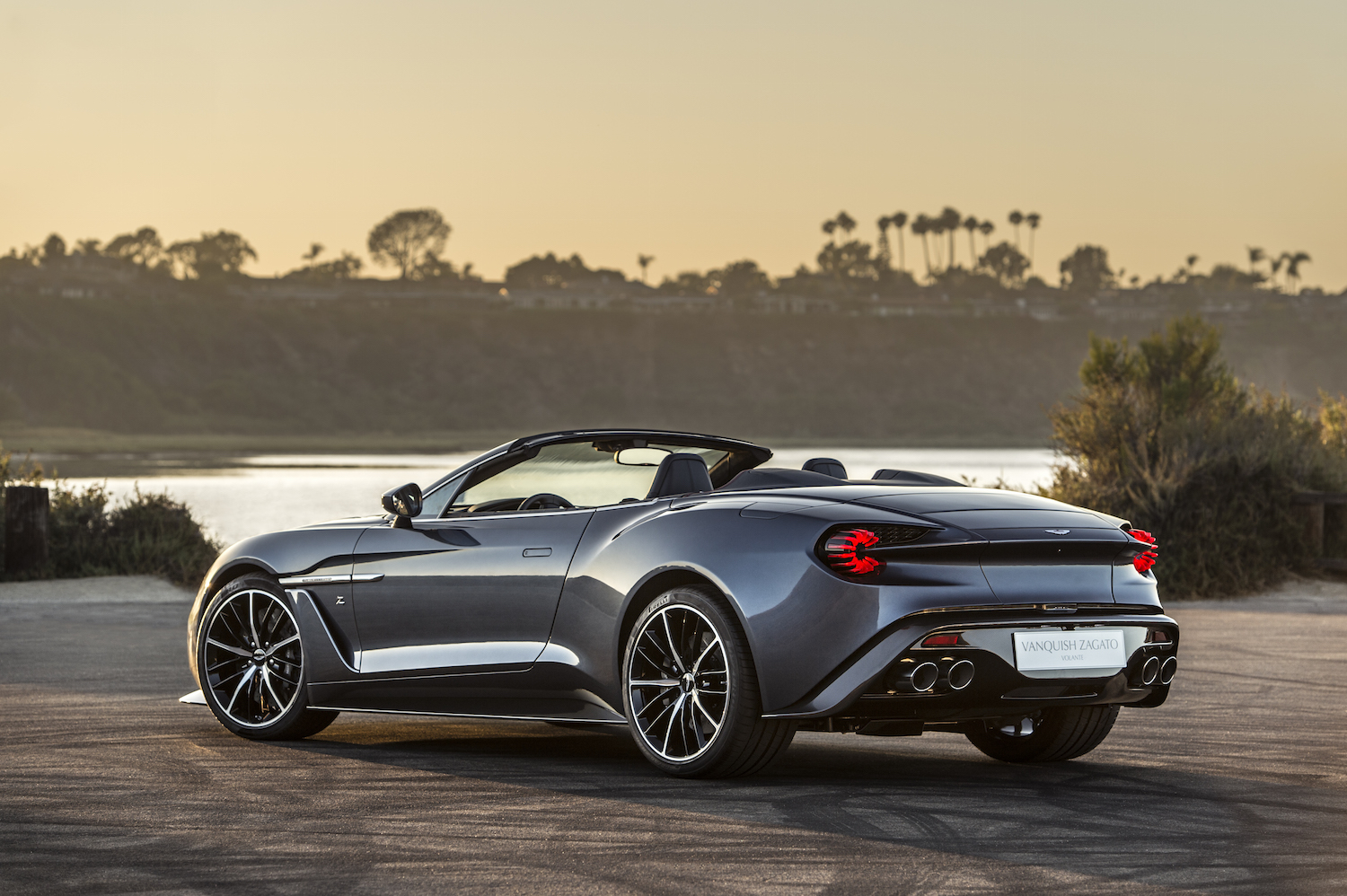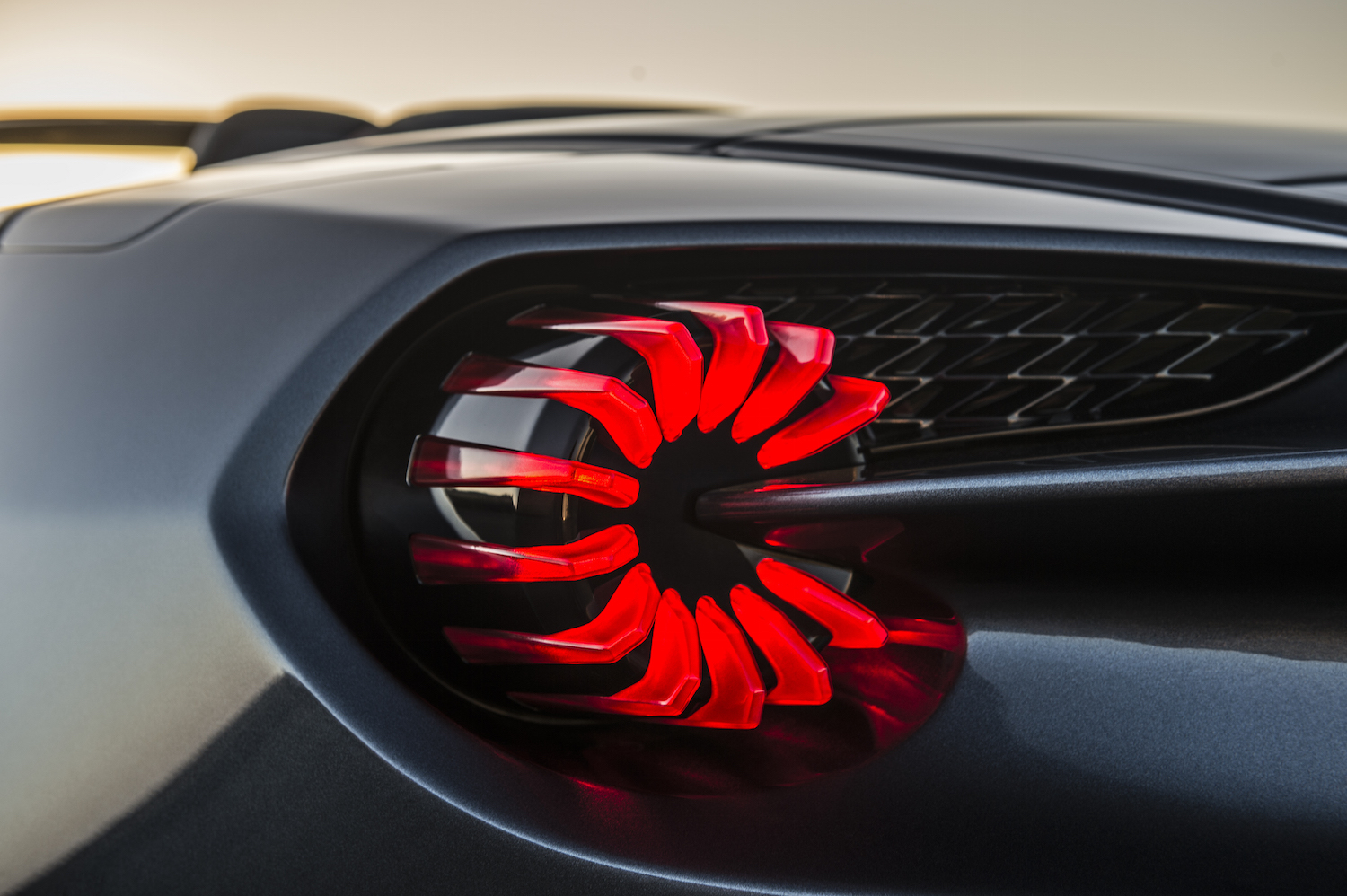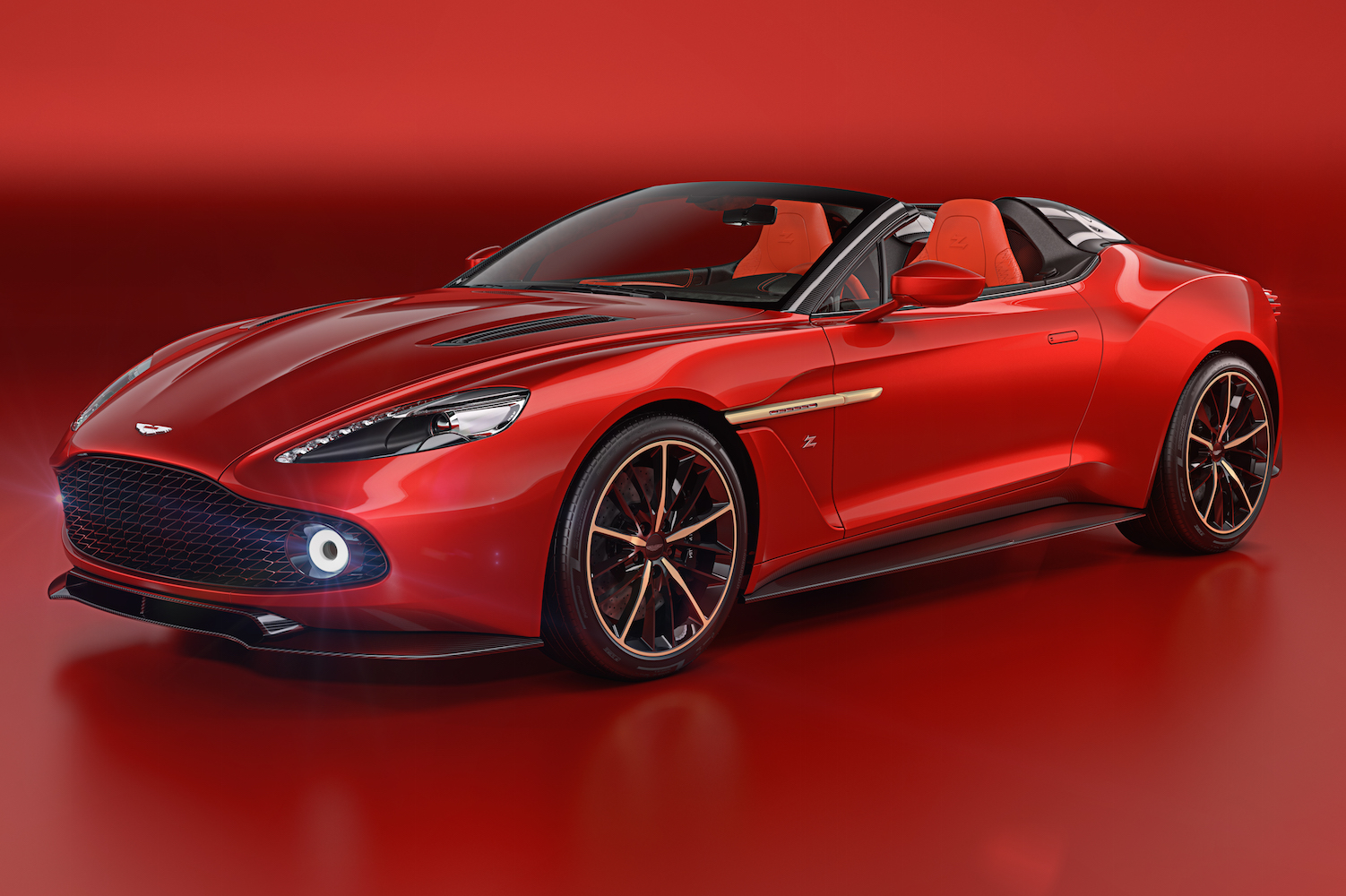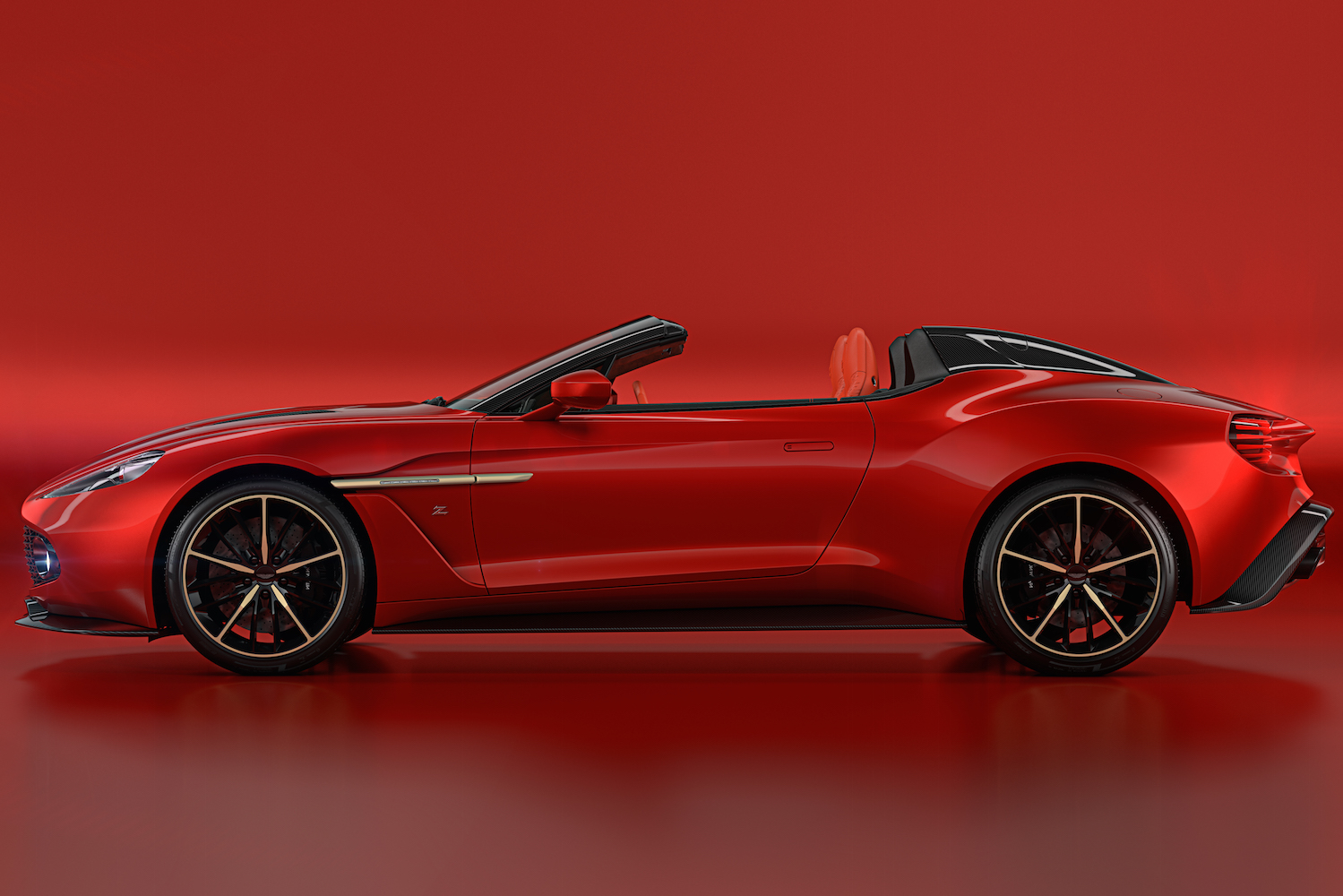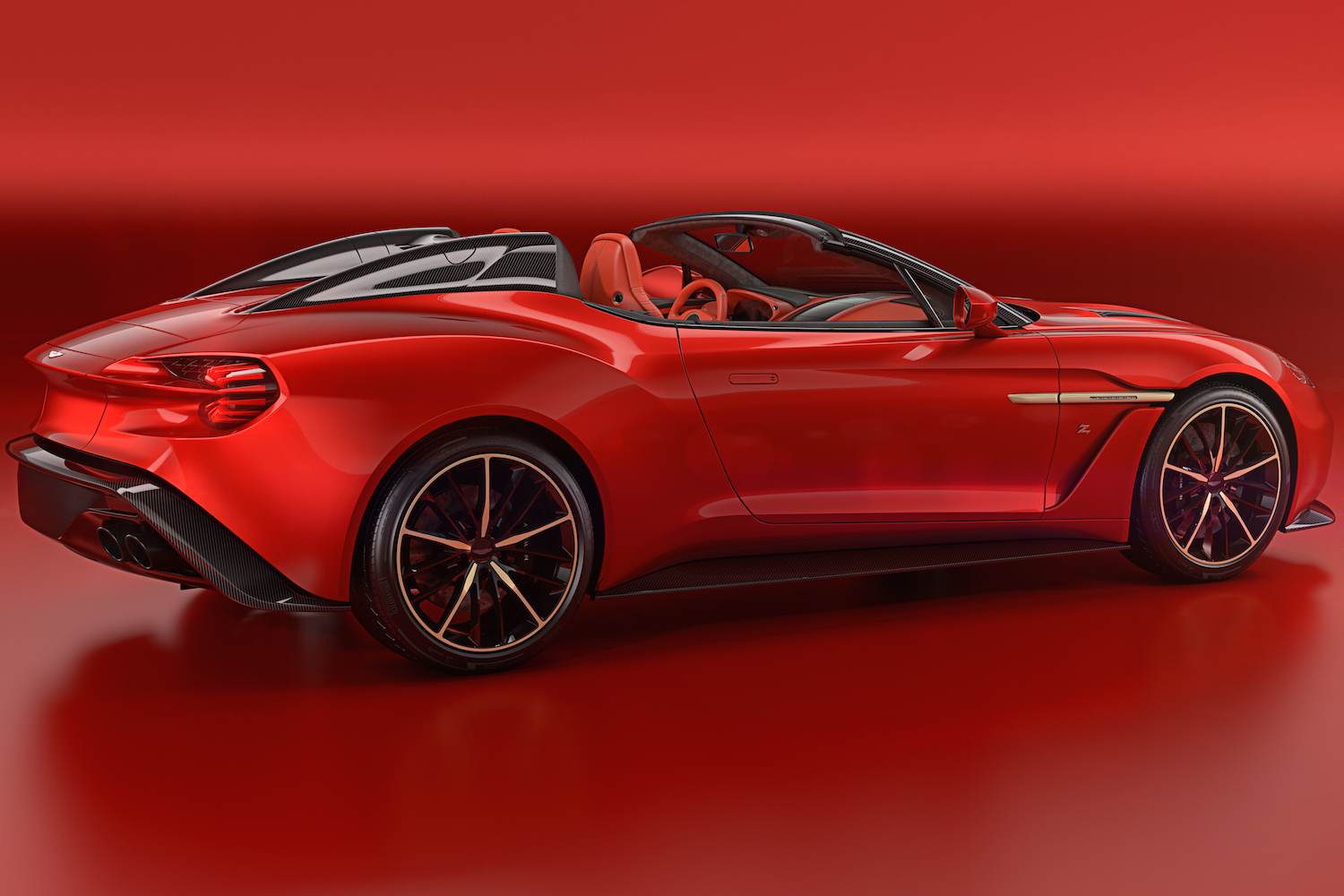Aston Martin and Zagato have made sweet vehicular music together since the late 1950s, solidifying their creative collaboration as one of the oldest in the automotive industry. Since the Aston Martin DB4 GT Zagato was introduced in 1960, the U.K. sports car manufacturer and independent coachbuilder have joined forces on a number of exclusive vehicle projects. Their most recent build, the Vanquish Zagato coupe, was showcased at the 2016 Pebble Beach Concours d’Elegance.
Unsurprisingly, each of the 99 production Vanquish Zagato coupes has long since been claimed, but today we bring good tidings to those who thirst for additional Aston Martin Zagato models. The Vanquish Zagato is about to go from a single model to a family of four. We knew the Volante (convertible) version of the Vanquish Zagato was on its way, and had an inkling that a Speedster version would soon follow. This final member, however, came out of nowhere.
Due to the overwhelming demand for more Vanquish Zagato models, Aston expanded the lineup with a sexy station wagon named Shooting Brake. Total production for all four designs will be 325 cars: 99 Coupes, 99 Volantes, 28 Speedsters, and 99 Shooting Brakes. You’re too late if you want one; every single example of every single body style has been spoken for already.
“Many of our customers want different things,” said Aston Martin chief creative officer Marek Reichman. “Some prefer the purity of a coupe, but others love the idea of something more extreme, like the Speedster. There’s always an over-demand from our clients and patrons. We could easily fulfill demand for more cars than this, but we want Zagato to remain something very special. We’re creating collectibles, future concours cars.”
Each vehicle is based on the Aston Martin Vanquish S, delivering 580 horsepower from a naturally aspirated V12 and Touchtronic III transmission. In addition to a killer exhaust note and blistering acceleration each Vanquish Zagato will feature adaptive dampers for a mix of comfort and performance.
The Speedster and Shooting Brake designs sit on opposite ends of the Vanquish Zagato design spectrum. Featuring distinctive ‘Speed Humps’ that rise to form streamlined cowls flowing back from the seats, the Speedster represents Zagato’s signature ‘double-bubble’ roof.
One might assume the Shooting Brake’s extended roof makes room for two additional seats, but alas, it remains a two-seater with a more practical trunk. The sculptural roof culminates in a powered tailgate that opens to reveal a tailored luggage set and luxurious cabin.
All Vanquish Zagato models feature carbon fiber body panels, Aston Martin Vulcan-inspired “Blade” taillights, and repeated 3D Zagato “Z” motifs in the front grille and rear vent meshes.
“I’m proud to continue the story my grandfather started and thrilled that our partnership with Aston Martin continues to realize such exciting cars,” Zagato CEO Andrea Zagato said.
Updated December 6, 2018: Added new images of the Shooting Brake.
Editors' Recommendations
- The best Aston Martins of all time
- 2021 Aston Martin DBX is perfect for a 00 agent with a family
- Aston Martin goes from four wheels to two with AMB 001 motorcycle
- Aston Martin’s first SUV will share an engine with its sports car siblings
- Aston Martin will put its Valkyrie hybrid hypercar to the ultimate test

